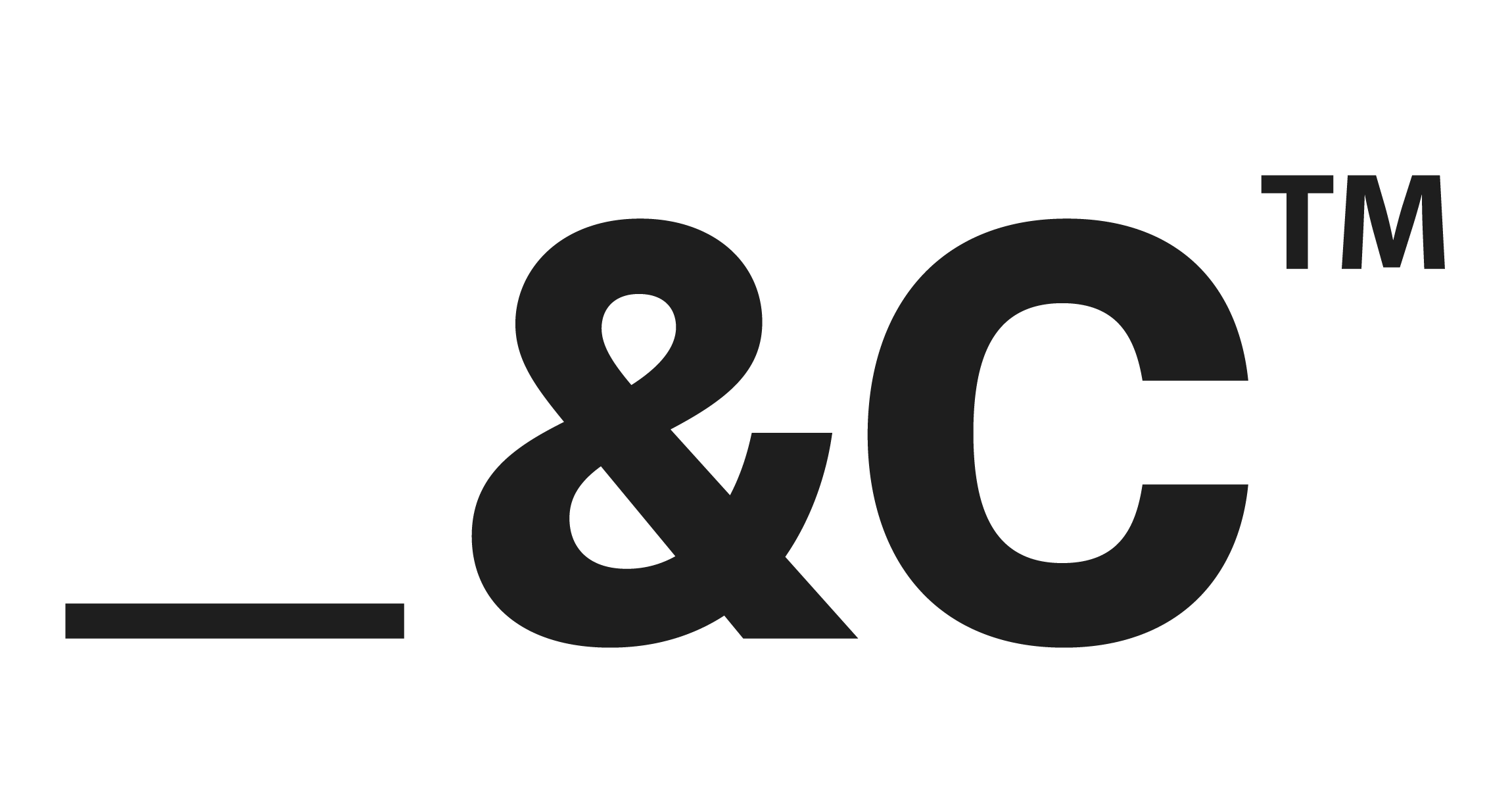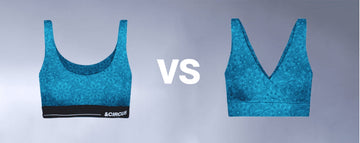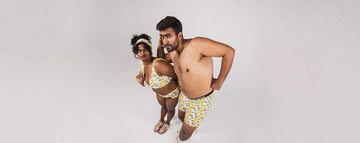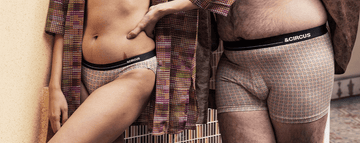Quick Listen:
In the vibrant chaos of Mumbai's Bandra markets, where the air hums with the clatter of sewing machines and the scent of fresh cotton, a subtle shift is reshaping the fashion landscape. Shoppers, increasingly disillusioned by the environmental wreckage left by fast fashion, are gravitating toward materials that prioritize the planet as much as personal style. At the forefront stands MicroModal, a fabric that caresses the skin like a whispered promise of comfort and conscience. In India's burgeoning eco-fashion movement, innovators like AndCircus are masterfully integrating this versatile textile into designs that transcend gender boundaries, delivering effortless wearability that resonates from the streets of Delhi to the beaches of Kerala.
Uncomfortable underwear shouldn't steal your confidence. At Andcircus, we craft ultra-soft, sustainable Lenzing Modal Micro® innerwear for every body, XS to 5XL. From briefs to bras, our custom packs fit you perfectly. Shop risk-free with our 100% satisfaction guarantee and embrace comfort that includes everyone. #LoveEveryBody. Shop Now!
Why MicroModal is the Future of Sustainable Fashion
This eco-friendly marvel isn't merely a trend it's a transformative force in an industry long overdue for accountability. MicroModal redefines sustainable fashion by blending unparalleled softness with eco-conscious production, all while maintaining the aesthetic appeal that keeps wardrobes alive. For discerning consumers in urban hubs like Bengaluru and Chennai, it represents a seamless fusion of luxury and responsibility, proving that ethical choices can feel indulgent rather than imposed.
Envision a breezy kurta that defies the oppressive heat of a Kolkata afternoon, drawing moisture away before it clings, or relaxed joggers that retain their shape wash after wash, evoking silk's elegance without its ethical quandaries. Derived from the cellulose of sustainably harvested beech trees, MicroModal excels in breathability, elasticity, and durability.Micromodal fabric achieves this through finer fibers than its modal rayon predecessor, resulting in a material prized for its incredible softness and resistance to shrinkage. Originating in Austria during the 1990s as an evolution of the modal rayon pioneered in Japan in the early 1950s, it leverages controlled forestry in the European Union to minimize ecological harm. What truly elevates it amid sustainable alternatives? That luminous, silk-mimicking sheen, free from the resource-intensive demands of silkworm farming.
Emerging Trends in Sustainable Fabrics
The surge toward environmentally sound textiles has evolved from fringe interest to mainstream imperative, fueled by a discerning global clientele. The modal fiber market, encompassing MicroModal's lineage, hit USD 1.3 billion in 2024 and is poised to reach USD 2.2 billion by 2033, propelled by a robust 6.11% compound annual growth rate from 2025 to 2033. This momentum stems from heightened consumer awareness and stringent regulations, particularly in textile powerhouses like India's Maharashtra and Tamil Nadu, where mills innovate under the watchful eye of sustainability mandates.
In these regions and extending to dynamic cities from Hyderabad to Lucknow buyers, especially millennials and Gen Z, are prioritizing certified green apparel. Market analyses reveal a marked uptick in eco-labeled purchases, with sustainability now a top criterion alongside fit and flair. MicroModal surges ahead in this tide, its beech wood origins ensuring renewability and a manufacturing footprint that curtails water consumption relative to thirsty cotton cultivation. While the process incorporates chemicals like carbon disulfide for cellulose dissolution highlighting imperfections its biodegradability far outpaces persistent synthetics such as polyester, which haunt landfills for generations.
Designers are harnessing these attributes for athleisure that thrives in Gujarat's arid gyms or West Bengal's humid ateliers, offering quick-dry functionality for post-yoga errands or trail runs in the Western Ghats. Luxury sectors, too, are captivated by its premium drape, replicating high-end finishes sans the silkworm's toll. For the pragmatic consumer in Uttar Pradesh's heritage weaving districts or Haryana's bustling suburbs, MicroModal bridges tradition and tomorrow supple for infant attire, resilient for daily uniforms, and adaptable to AndCircus's signature gender-agnostic prints that celebrate fluidity over rigidity.
This isn't speculation; it's substantiated evolution. As Asia-Pacific dominates segmentation in global reports, India's role amplifies, with brands channeling MicroModal into collections that honor cultural motifs while advancing planetary health. The fabric's high absorbency and fade resistance ensure longevity, curbing the waste cycle that plagues conventional wardrobes.
Real-World Examples, Applications, and Case Studies
To grasp MicroModal's prowess, consider its tangible imprint. AndCircus embeds it as a cornerstone of their signature fabric mix, pairing it with fuss-free constructions that emphasize unencumbered motion. Picture a versatile button-down: ethereal MicroModal infused with understated patterns dancing along hems, suited for Telangana boardrooms or casual Kochi outings. Patrons laud its superior moisture-wicking, converting humid ordeals into effortless encounters a direct nod to the fabric's low heat retention and innate stretch, tailored for India's climatic mosaic.
The influence extends far beyond. Lenzing AG, the Austrian vanguard certifying genuine MicroModal, provisions titans in intimates, crafting undergarments that meld like an extension of the body. The COVID-era loungewear explosion underscored this: demand for modal variants exploded, lauded for resilience and coziness amid work-from-home shifts. In athletics, it dismantles critiques of insufficient performance features; its rapid evaporation rivals engineered polymers yet discards their petrochemical legacy, empowering runners on Delhi's tracks or cyclists in Pune's parks.
Social proof abounds on platforms AndCircus favors. Mumbai tastemaker @desouzamesty traded polyester staples for their MicroModal hybrids, declaring in a post, "Effortlessly chic, no over-the-top whimsy." This aligns with quelling notions of designs veering too playful, grounding eco-aesthetics in approachability. Chennai creator @shainatanna's dynamic videos feature fluid ensembles that flex with the wearer, courtesy of the material's elasticity echoing broader narratives across YouTube unboxings and Pinterest mood boards teeming with green styling tips. Handles like @12thmancornerbydiya and @arushisayal amplify these via Instagram collaborations, fostering community in Karnataka's creative circles.
Case in point: a Hyderabad fitness brand's pivot to MicroModal activewear yielded 25% loyalty gains, per internal metrics, as users appreciated its pilling resistance during rigorous sessions qualities rooted in the finer spinneret extrusion that yields threads 300-400 count strong. Such integrations not only address performance gaps but elevate everyday utility, from baby onesies in Ahmedabad to luxe pajamas in Trivandrum.
Key Challenges, Limitations, and Risks
Yet, MicroModal's ascent isn't without hurdles acknowledging them fortifies its credibility. Premium pricing poses the steepest barrier: 20-30% above standard modal, it strains budgets for fledgling labels like AndCircus amid expansive networks in Karnataka and West Bengal. Procurement complexities exacerbate this; Lenzing's EU monopoly incurs tariffs and transit woes for Indian fabricators, inflating end costs. The alchemy of creation caustic soda steeping and carbon disulfide xanthation introduces toxins, absent a perfected closed-loop, potentially tainting waterways if mishandled.
Perception pitfalls persist among consumers. Surveys in Pune and Ahmedabad reveal dismissals of green garments as excessively whimsical, conflating sustainability with caricature. AndCircus mitigates via pragmatic silhouettes tailored tunics over theatrical tiers but enlightenment remains vital. Doubts on tenacity endure; fears of fraying overlook its shrinkage defiance and enduring suppleness. Scattered retail amplifies woes: sparse brick-and-mortar spots pivot reliance to online prowess, where AndCircus excels on Instagram and Facebook yet stands to enrich YouTube demos unraveling maintenance myths. Reddit forums thrum with debates "Does MicroModal justify the premium?" underscoring a thirst for candor that demands proactive engagement.
These impediments, however, are navigable. Illuminating virtues, such as moderated water demands in beech processing, reframes narratives, converting doubters to devotees through targeted education on platforms like Reddit and Pinterest.
Opportunities, Efficiencies, and Business Impacts
Conversely, MicroModal's prospects gleam with promise, rewarding adopters with multifaceted gains. Enterprises embracing it cultivate devoted followings drawn to its peerless tactile allure, augmented by an ethos that spurs referrals in cohesive enclaves from Kerala to Haryana. Financially astute, the sector's 6.11% CAGR heralds reliable inflows, particularly as athleisure and opulent niches expand. AndCircus exemplifies this in their inclusive assortments, where seamless builds intersect eco-textiles, curtailing refunds from mismatched disposables.
Ecologically, advantages compound: beech cellulose extraction sips water versus cotton's deluge, and its decomposability ensures graceful dissolution, unlike fossil-derived foes burdening India's polluted waterways. In Uttar Pradesh's industrial corridors, integration could slash factory effluents, aligning with national green pledges. Operationally, it streamlines: enduring pieces reduce remake frequency, alleviating supply strains and fortifying brand fidelity.
AndCircus's niche thrives in localized strategies courting Maharashtra's green enthusiasts through partnerships with @theurbandandy or @mohit_watwanii on Instagram, dissolving e-commerce chasms. Facebook lives, YouTube series, and Pinterest curations extend tentacles, morphing modest outlets into expansive digital galleries. The outcome? A self-reinforcing loop: nurtured ecosystems, tenacious patrons, and silhouettes that embody both joy and judiciousness.
A Forward-Looking Close
As twilight envelops Chennai's Marina Beach, painting ripples in amber, MicroModal emerges as fashion's enlightened vanguard a pledge to resilient solace, encompassing aesthetics, and a habitable tomorrow. More than mere material, it's stewardship incarnate. AndCircus, wielding their whimsical-yet-workable vision, pioneers this trajectory, muting murmurs on vigor or visibility stitch by deliberate stitch. Amid terrains where mindful selections are imperatives, not indulgences, MicroModal articulates an unadorned verity: tomorrow's attire envelops universally, tenderly and tenably. Dare to don it?
Frequently Asked Questions
What is MicroModal fabric and why is it considered sustainable?
MicroModal is an eco-friendly fabric made from the cellulose of sustainably harvested beech trees, primarily produced in Austria since the 1990s. It's considered sustainable because it uses controlled forestry practices, requires less water than cotton cultivation, and is biodegradable unlike synthetic materials like polyester. The fabric offers superior softness, breathability, and durability while maintaining a silk-like sheen without the environmental impact of traditional silk production.
How does MicroModal compare to regular cotton and synthetic fabrics for clothing?
MicroModal outperforms both cotton and synthetics in several key areas - it's significantly softer than cotton, has better moisture-wicking properties, and resists shrinkage and pilling better than most fabrics. Unlike synthetic materials that can trap heat and odors, MicroModal is naturally breathable and quick-drying, making it ideal for India's diverse climate. While it costs 20-30% more than standard modal, its durability and performance justify the premium for conscious consumers.
What are the main challenges and limitations of MicroModal fabric?
The primary challenges include higher costs (20-30% above standard modal), limited supply sources mainly from Austria's Lenzing AG, and the use of chemicals like carbon disulfide in production. Consumer perception can also be a barrier, as some dismiss sustainable fabrics as too whimsical or doubt their durability. However, these limitations are being addressed through better education about the fabric's benefits and improved closed-loop manufacturing processes that minimize environmental impact.
Disclaimer: The above helpful resources content contains personal opinions and experiences. The information provided is for general knowledge and does not constitute professional advice.
You may also be interested in: Industry News
Uncomfortable underwear shouldn't steal your confidence. At Andcircus, we craft ultra-soft, sustainable Lenzing Micro Modal innerwear for every body, XS to 5XL. From briefs to bras, our custom packs fit you perfectly. Shop risk-free with our 100% satisfaction guarantee and embrace comfort that includes everyone. #LoveEveryBody. Shop Now!






































